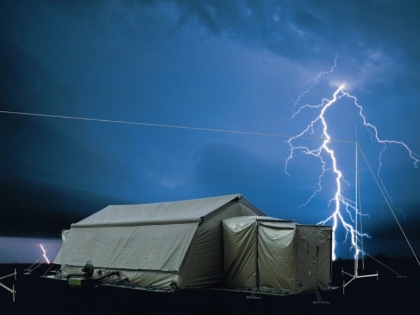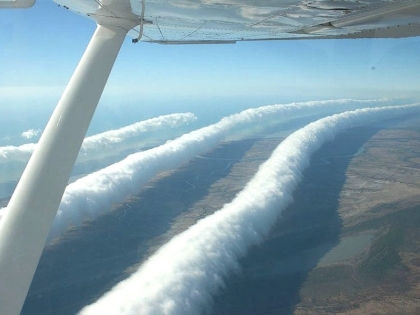4. The Role of Gravity Waves in Weather and Climate

In the dynamics of Earth's atmosphere, gravity waves are absolutely important; they affect long-term climate trends as well as weather patterns. From the troposphere up to the mesosphere and beyond, these waves serve as a mechanism for distributing momentum and energy over several levels of the atmosphere. Along with affecting the general atmospheric circulation, this energy transfer can have major effects on local and worldwide weather systems.
The way that gravity waves affect cloud development and precipitation is among their most obvious consequences on weather. Gravity waves can produce zones of uplifting and subsidence as they travel over the atmosphere. In areas of uplift, air is pushed to rise, possibly resulting in the development of clouds and, given certain conditions, precipitation. On the other hand, in areas of subsidence the air sinks, which might prevent cloud development and result in brighter heavens. Visible from the ground and from satellite images, this wave-induced pattern of cloud development and dissipation can produce characteristic banded cloud patterns.
The movement of heat and moisture between several levels of the atmosphere depends also on gravity waves. These vertical-traveling waves can carry water vapour and energy from lower atmospheric levels to greater altitudes. This vertical mixing can have major effects on temperature distributions and humidity levels over the atmospheric column, therefore affecting the stability of the atmosphere and the possibility of severe weather development.
Within the field of climate science, global atmospheric circulation patterns are known to be influenced in significant part by gravity waves. Strong, narrow bands of strong wind in the higher layers of the atmosphere that significantly guide weather systems, jet streams, can be influenced by these waves in both strength and position. Gravity waves can indirectly distribute heat and moisture around the world by changing jet stream behaviour, therefore impacting long-term climate patterns and variability.
Advertisement
Recommended Reading: 20 Stunning Short Hairstyles That Will Transform Your Look Completely
You are viewing page 4 of this article. Please continue to page 5



























Comments
Leave a Comment
Your email address will not be published. Required fields are marked *